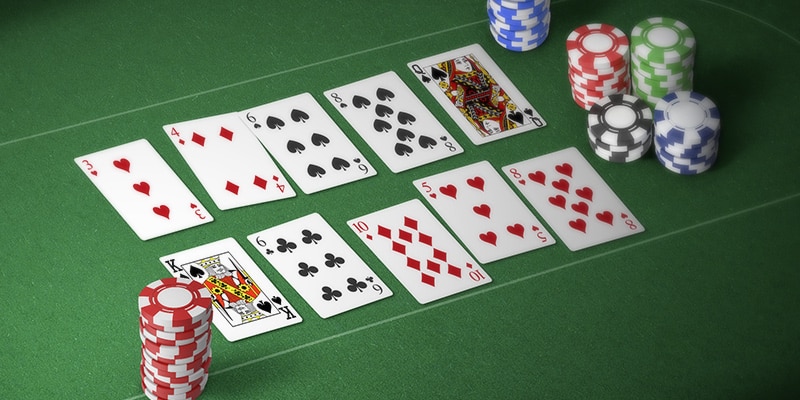Traditional casino formats often center on a single victor who takes the entire pot. Over the past few years, more games have experimented with split pots and shared-win mechanics – structures where the prize pool gets divided among multiple players. That change does more than adjust payouts. It rewires table behavior, softens sharp edges in competition, and creates a subtle, social pressure that keeps people engaged longer.
What Are Split Pots and Shared Wins?
In a split pot, two or more players qualify for the best outcome and divide the prize according to clear rules. Poker is the classic example: tied hands share the pot; in high–low variants, the best high hand and qualifying low hand divide it. Shared wins extend the idea to game shows, jackpots, and bonus features where a trigger event distributes rewards to everyone who opted in during a round or time window. If you’re curious about promotions that sometimes mirror this logic of shared value, the parimatch bonus system is a useful example – showing how rewards can be spread across groups of players rather than concentrated in one hand.
These mechanics aren’t confined to card rooms. Networked slots may allocate a community bonus to all active players when a symbol lands. Live studios sometimes run “everyone wins” bonus rounds tied to a dealer’s outcome. The effect is a lobby that feels more collective and less zero-sum, even when individual decisions still matter.
How These Formats Change Player Behavior
Shared outcomes dampen aggression. In poker, players who value survival to a split may avoid thin bluffs and overly marginal calls, which lowers volatility and increases hand volume per hour. In community bonuses, players time their sessions around the shared window, clustering activity to be “on” when a trigger could hit. This herd timing leads to chat-friendly moments that feel closer to watching a match together than grinding alone.
The shift also affects risk tolerance. When part of a payout is likely to be shared, some players take slightly more measured lines, trading peak upside for steadier returns. Others lean into cooperation – swapping notes on side bets, signaling table-friendly plays in live chats, and inviting friends because shared wins are better with an audience.
Examples Across Different Games
Poker keeps the rules most visible: exact splits for ties, structured divisions for chopped pots, and explicit criteria for high–low. In networked slots, a community trigger might drop a fixed amount per active player or scale the split by stake size. Live dealer shows have introduced all-participant multipliers when a particular outcome lands. Across these categories, the common thread is clarity – players commit faster when the split math is obvious upfront.
The Social Side of Shared Wins
People like to celebrate together. Formats that distribute winnings across several seats generate more moments where the entire table smiles instead of a single player. That builds retention. A player who experienced a community drop yesterday is likely to return during the same window today to “be there” again. Leaderboards and chat amplify the effect: recurring names, small rituals, and shout-outs turn anonymous sessions into a loose-knit community.
Strategic Adjustments for Players
Bankroll plans need tweaks. Expect lower variance but also smaller peaks. In poker, tighten early in multi-way pots where a split is plausible, and size value bets with an eye to equity division. In community bonus slots, think session timing: play during windows when contribution rules or triggers are most active rather than spreading bets thin across the day.
Remember that shared formats don’t remove edge; they spread it. Skill still matters in table selection, hand ranges, and timing. The main adjustment is psychological: avoid overchasing solo hero lines when the game rewards steady participation.
Pros and Cons of Split Pot Formats
- Pros: more winners per round, calmer tables, smaller downswings, stronger social pull, and better session endurance.
- Cons: reduced top-end payouts, occasional free-rider vibes in community features, and incentives that may dull sharp strategic play if rules aren’t well explained.
Conclusion
Split pots and shared wins don’t just adjust payouts – they reshape the way people play. They create calmer tables, longer sessions, and stronger social ties, but they also dilute the thrill of a huge solo win. For players, the trick is to adapt strategy and mindset: aim for steadier gains and enjoy the collective moments. For platforms, the challenge is keeping math transparent and incentives balanced. Done well, these formats transform games into shared experiences that feel more sustainable and engaging.

